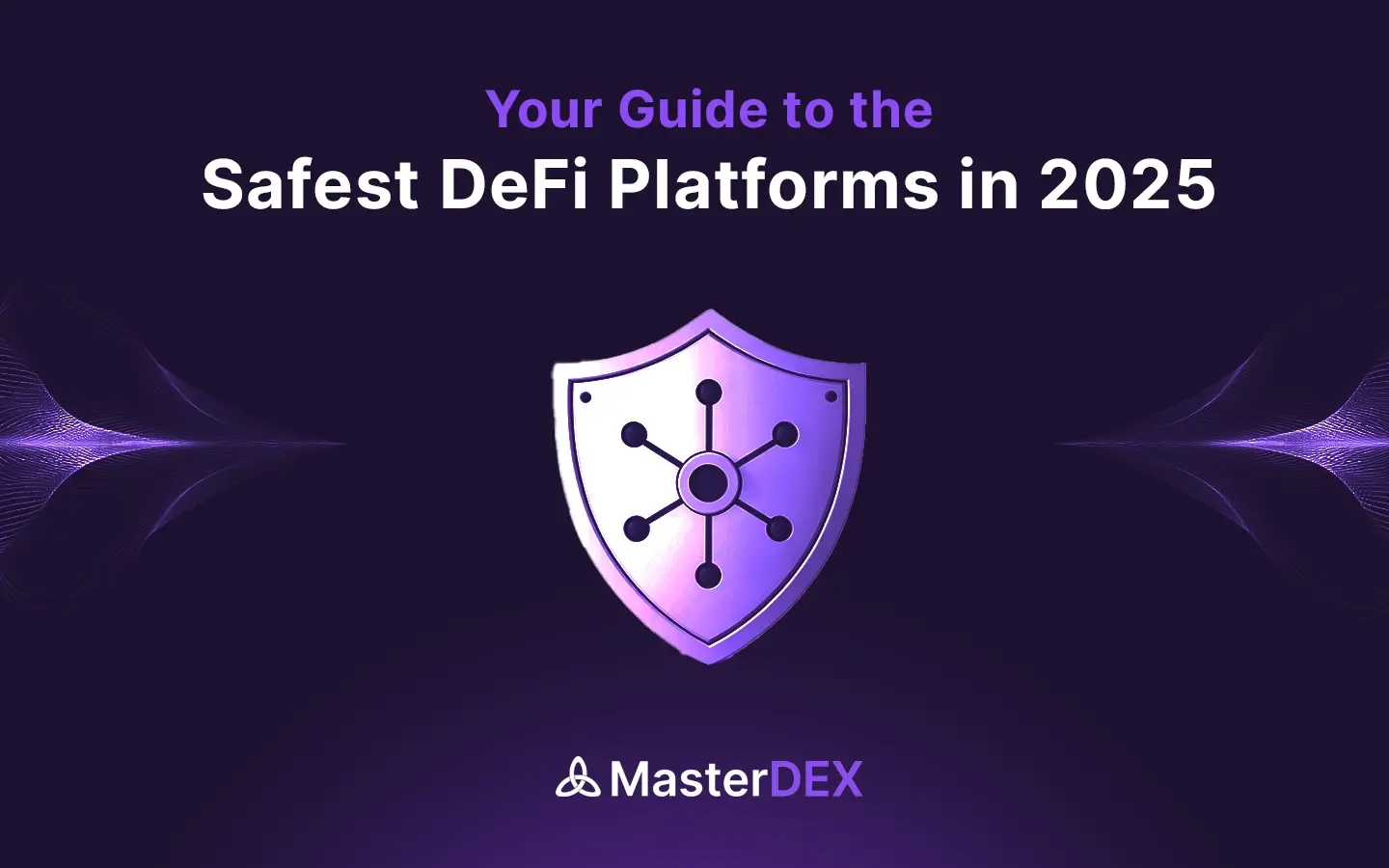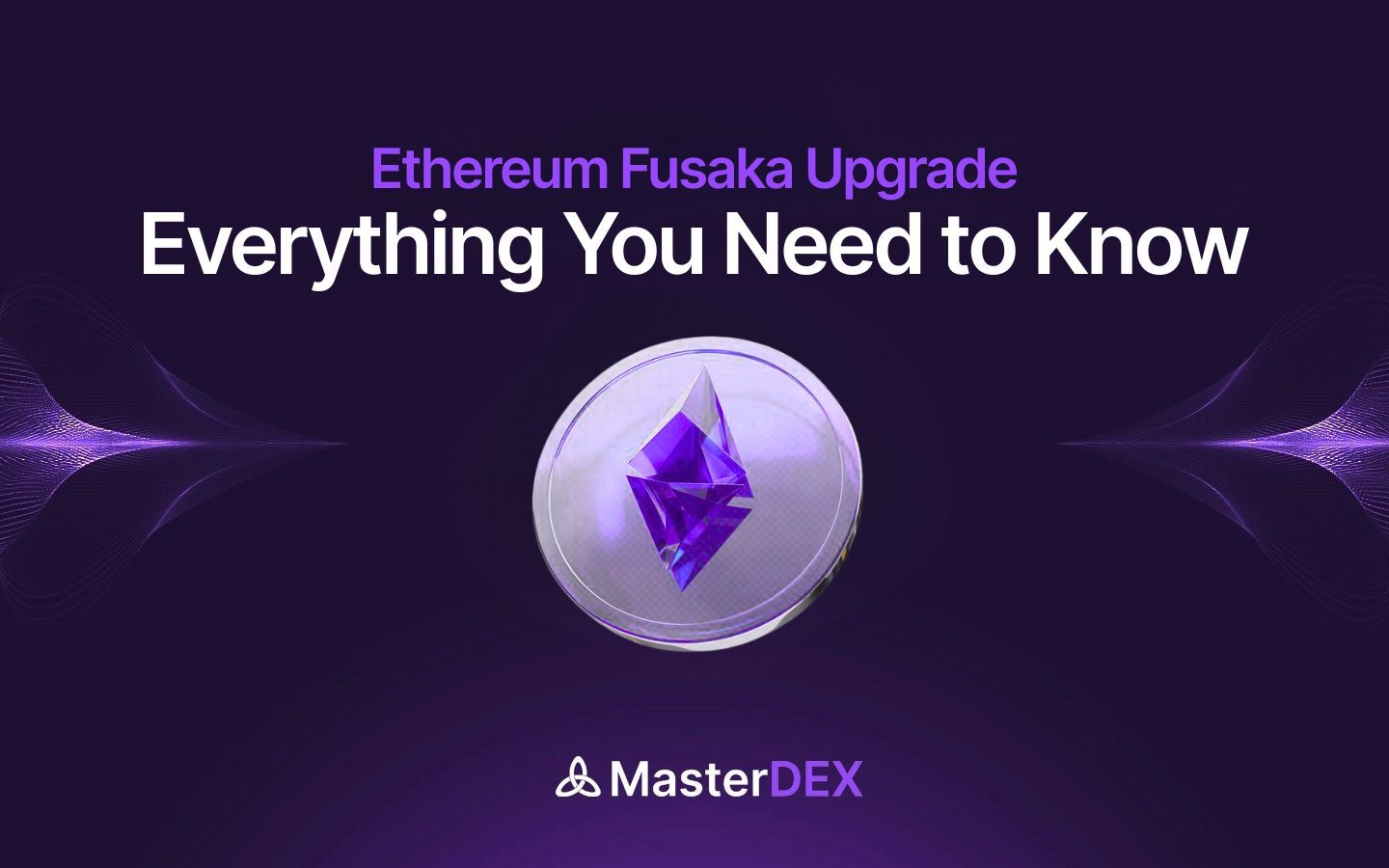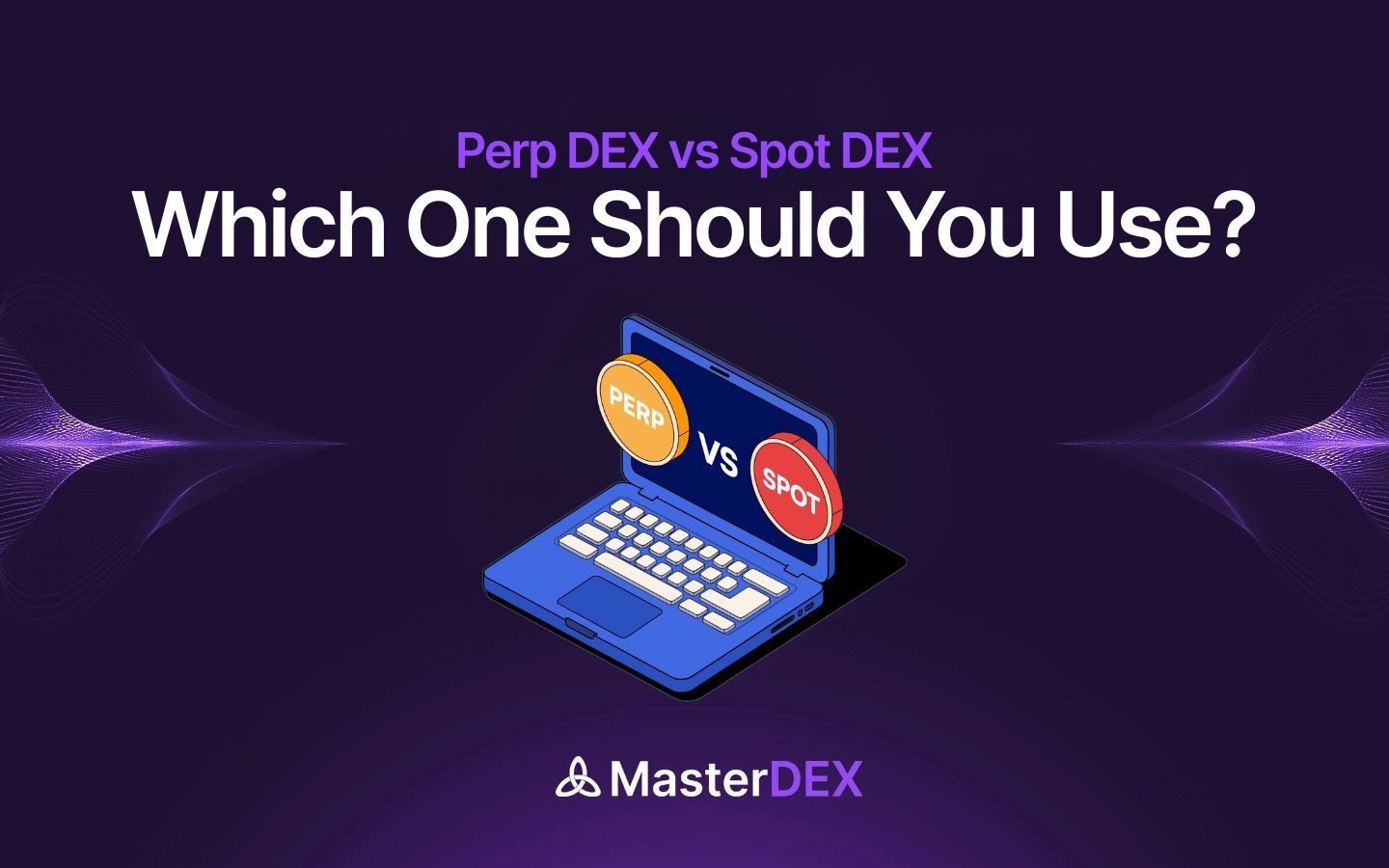Table of Contents:
ToggleIntroduction: Why Safety Matters in DeFi
Decentralized Finance (DeFi) has transformed the way people interact with money. What began as a niche experiment in decentralized exchanges and lending protocols has become a multi-billion-dollar ecosystem where anyone can trade, borrow, lend, or earn yields without intermediaries. The appeal is clear: global access, transparency, and freedom from traditional banks. Yet, with these opportunities comes risk.
DeFi’s open and permissionless nature means that innovation moves fast, but so do the vulnerabilities. Over the last few years, headlines have been filled with stories of hacks, rug pulls, and smart contract exploits draining billions from users’ wallets. For many, these risks have been a harsh reminder that decentralization alone does not guarantee safety.
That is why the idea of “safe DeFi platforms” has become central to the conversation in 2025. Users are no longer chasing the highest yield at all costs. Instead, they want platforms that combine decentralization with robust security, transparency, and a proven track record. The platforms that survive and thrive are the ones that put user safety at the core of their design.
In this article, we will explore what makes a DeFi platform safe, highlight some of the most trusted and safest DeFi platforms in this space, and provide practical guidance to help you navigate the space confidently. The goal is not just to point you toward the safest DeFi platforms but to help you understand how safety in DeFi should be evaluated, so you can make better decisions for your own investments.
What Makes a DeFi Platform ‘Safe’?

When it comes to decentralized finance, “safety” is more than just a buzzword. It is the backbone of trust in an environment where no central authority guarantees your funds. Unlike traditional banks, there is no insurance by default and no customer service desk to call when things go wrong. This makes it vital for users to carefully evaluate what makes a DeFi platform trustworthy.
Smart Contract Audits
At the heart of every DeFi application is a smart contract — self-executing code that runs financial transactions. If there are vulnerabilities in this code, hackers can exploit them to siphon funds. Independent audits by reputable firms such as CertiK, Trail of Bits, or ConsenSys Diligence provide a measure of reassurance. While an audit does not eliminate risk, it significantly reduces the chance of overlooked flaws. Platforms with frequent and transparent audits are safer choices.
Transparent Governance and Operations
Safe platforms maintain transparency in their governance structures and operational decisions. Decentralized Autonomous Organizations (DAOs), where token holders vote on changes, are one way to ensure no single entity has unchecked control. Additionally, platforms that make their treasury, decision-making, and development updates public often inspire greater confidence.
Insurance and Risk Mitigation Mechanisms
Some platforms now offer insurance or create emergency funds to protect users in case of exploits. For example, certain lending protocols maintain reserve funds to reimburse users if unexpected events occur. Others integrate with decentralized insurance providers like Nexus Mutual to give users an added layer of protection. These measures signal that a platform has thought about worst-case scenarios.
Regulatory Alignment
As regulations evolve worldwide, the safest DeFi platforms are those that consider compliance without undermining decentralization. Being proactive about frameworks such as the European Union’s MiCA regulation or U.S. security laws shows that a platform is built to last. Regulatory alignment not only enhances safety but also makes institutional adoption more likely.
Community Trust and Track Record
Finally, safety in DeFi is also social. A platform that has survived multiple market cycles, been battle-tested under heavy usage, and maintained a loyal user base often carries an implicit trust signal. Community-driven platforms with engaged users tend to spot issues early and push for accountability, adding another protective layer.
In short, a “safe” DeFi platform is not one that promises zero risk — such a platform does not exist. Instead, it is one that minimizes risk through careful design, transparent operations, and strong community governance. Understanding these criteria is the first step before diving into specific platforms.
Top Safest DeFi Platforms in 2025
The DeFi ecosystem has matured significantly since its early experimental days. Some platforms have proven their resilience through audits, transparent governance, and years of stress-testing under real market conditions. Others are emerging with innovative approaches to security and user protection. Below are some of the reliable, trusted and safest platforms in 2025.
Uniswap
As the leading decentralized exchange (DEX), Uniswap has set industry standards for transparency and reliability. It is one of the famous and safest DeFi platforms at present. With its open-source smart contracts and simple design, it has the capability to reduce potential vulnerabilities. While no platform is immune to risks like front-running, Uniswap’s consistent security record and community-driven governance reinforce its reputation as one of the safer entry points into DeFi.
Aave
Next, one of the safest platforms on the list is Aave. It is one of the largest lending and borrowing protocols in DeFi. It has consistently been at the forefront of security, with regular audits, bug bounties, and a strong reputation for handling risks responsibly. Its risk management framework, which includes dynamic collateral requirements and liquidity pools, has helped Aave maintain user trust through volatile markets.
MakerDAO
MakerDAO, the protocol behind the DAI stablecoin, is another platform that has stood the test of time. Its decentralized governance system and strict collateralization standards make it one of the most robust DeFi projects. By backing DAI with overcollateralized assets, MakerDAO has created a safer environment for users who rely on stablecoins for trading and lending.
Lido
Lido has become a trusted name in liquid staking, allowing users to stake assets like Ethereum while maintaining liquidity. The protocol’s dominance in staking markets has made security a top priority. With multiple audits, partnerships with institutional custodians, and a strong DAO governance structure, Lido provides both convenience and confidence to its users.
MasterDEX: A New Standard in Safe DeFi
While the above platforms represent the pillars of secure DeFi, 2025 has also seen the rise of next-generation solutions that aim to combine the best of safety, innovation, and accessibility. One standout is MasterDEX, a platform designed with a security-first philosophy at its core.
MasterDEX goes beyond traditional measures by integrating:
- Multi-layer security protocols that safeguard against smart contract exploits and liquidity risks.
- Advanced risk monitoring tools powered by AI, helping detect suspicious activity in real time.
- Community-driven governance where users participate directly in shaping safety frameworks.
- Regulatory-conscious architecture, ensuring MasterDEX evolves in step with global compliance requirements while staying true to decentralization.
What sets MasterDEX apart is its ability to balance safety with innovation. By offering users portfolio monitoring, trading features, and AI-powered tools within one ecosystem, it provides not just a safe environment but also a forward-looking experience. In many ways, MasterDEX represents the evolution of DeFi — moving from survival against risks to proactively building systems that prioritize protection without sacrificing growth opportunities.
For investors seeking both reliability and cutting-edge innovation, MasterDEX is quickly becoming a platform to watch and trust in 2025.
Emerging Trends in Secure DeFi
The definition of safety in DeFi is evolving. Beyond simple audits and governance, users now expect platforms to embrace new layers of protection. One major development is the rise of decentralized insurance, where protocols offer coverage against smart contract exploits or platform failures, giving users extra peace of mind. At the same time, the growth of multi-chain ecosystems has pushed platforms to strengthen cross-chain security, ensuring assets remain safe when moved across networks. Finally, AI-driven risk monitoring is becoming a powerful tool, helping detect threats and vulnerabilities before they escalate.
Against this backdrop, MasterDEX stands out by aligning with these very shifts. Its AI-powered monitoring, regulatory-aware structure, and multi-chain readiness position it as not just another DeFi platform, but one that is already preparing for the next stage of secure decentralized finance.
Conclusion: The Future of Safe DeFi
The journey of decentralized finance has shown that security is not optional — it is the foundation on which lasting platforms are built. Aave, MakerDAO, Uniswap, and Lido have already proven how transparency, governance, and resilience can keep billions of dollars safe in a decentralized environment. At the same time, emerging trends such as insurance coverage, multi-chain safeguards, regulatory awareness, and AI-driven monitoring are redefining what it means to be secure in DeFi and spot the place for safest defi platforms. In this evolving landscape, MasterDEX represents the next step forward. By combining multi-layer protection, intelligent risk monitoring, and a community-driven approach, it positions itself as more than a participant — it is shaping the future of safe DeFi. For users, the bottom line is clear: the safest DeFi platforms are those that adapt, innovate, and never compromise on security. Choosing wisely today means protecting both your assets and your place in the decentralized future.



